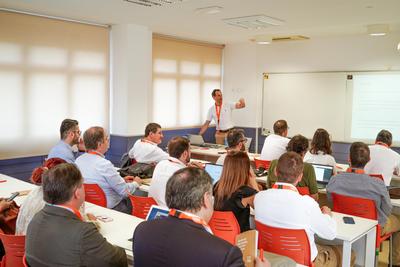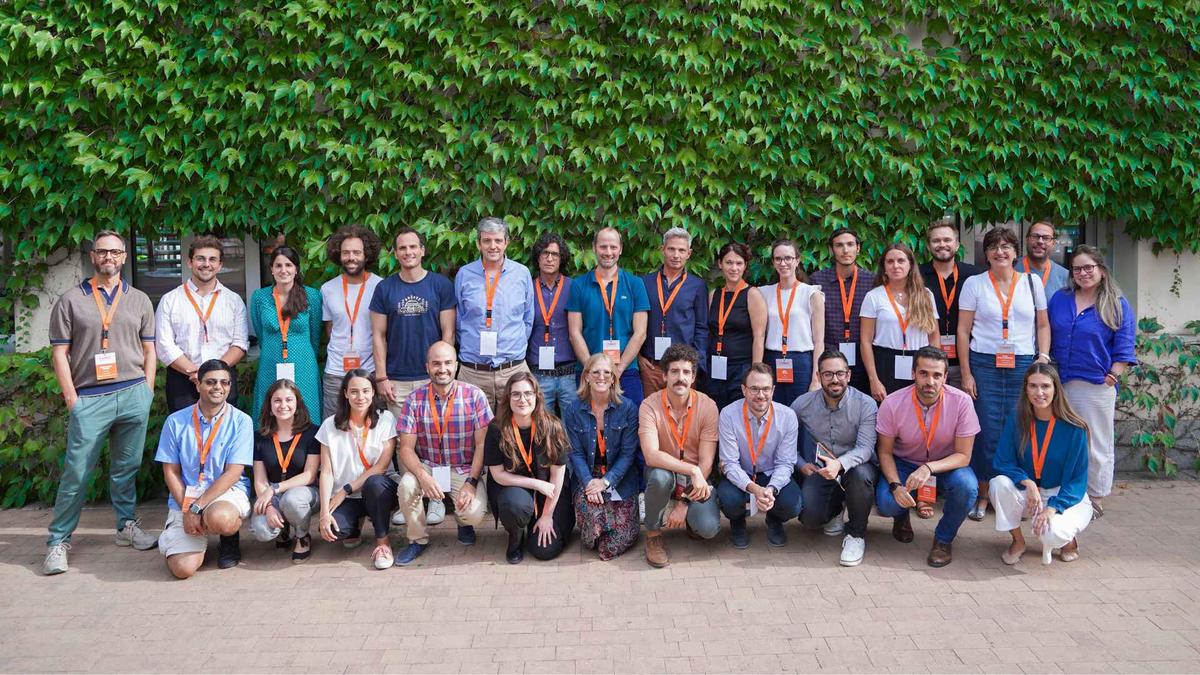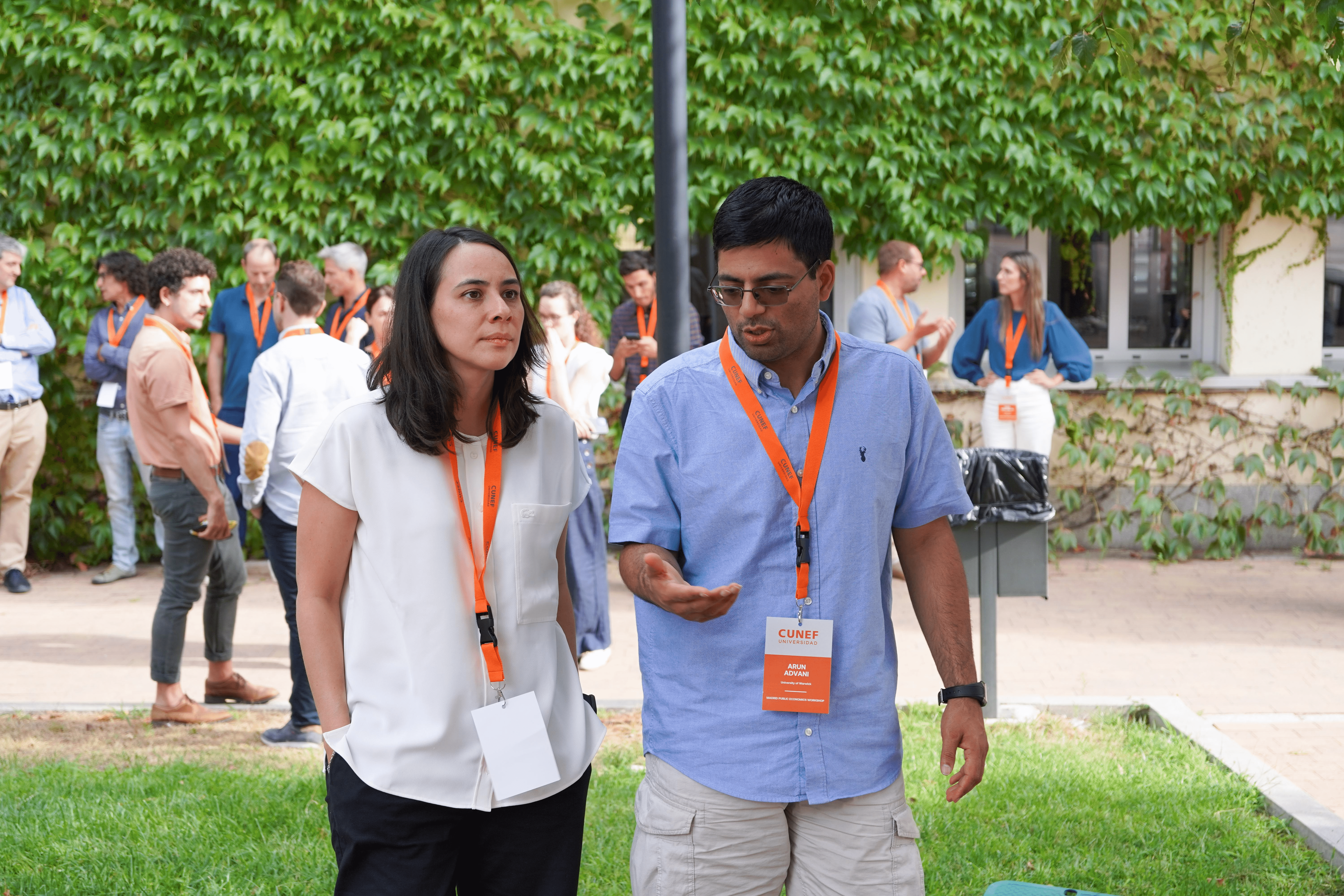
- Home
- CUNEF Universidad hosts the 2nd edition of the Madrid Public Economics Workshop

CUNEF Universidad hosts the 2nd edition of the Madrid Public Economics Workshop
6 September 2024
Last 5 and 6 September, CUNEF Universidad hosted the Madrid Public Economics Workshop, attended by close to 30 international researchers from Spain, France, the United Kingdom, Italy, Sweden and the United States. The workshop was jointly organised by professors from CUNEF Universidad, Imperial College Business School and Universidad de Barcelona, with speakers from institutions such as UC Santa Barbara, the London School of Economics, University College London, University of Warwick, Queen Mary University, ESSEC Business School, IE University and Barcelona School of Economics.
During the event, participants presented their research on public economics, paying special attention to tax-related aspects. These theoretical and empirical studies focus on issues such as tax evasion, tax incidence, the tax effects of green investments, how to measure wealth and venture capital investments, and wealth tax.
On the issue of tax evasion, the studies conclude that the use of predictive models—based, for example, on artificial intelligence—can cut down the cost of tax inspections while increasing tax compliance. As for tax incidence (i.e., who bears the tax burden), the studies show that empirical estimates systematically differ from the predictions obtained using standard models, which points to the need to update these models. Other studies show that investment in wind farms in Spain has a positive impact on the tax revenues of the towns where they are located.
Regarding how to measure wealth, one of the studies proposes an alternative metric including human capital, measured as the wage income that a person can obtain in the future. Using this metric, the estimates for worldwide wealth distribution would be less unequal than with the usual measures. Finally, one of the studies analyses wealth tax in France and the possible liquidity costs for taxpayers, and concludes that these costs are low.

